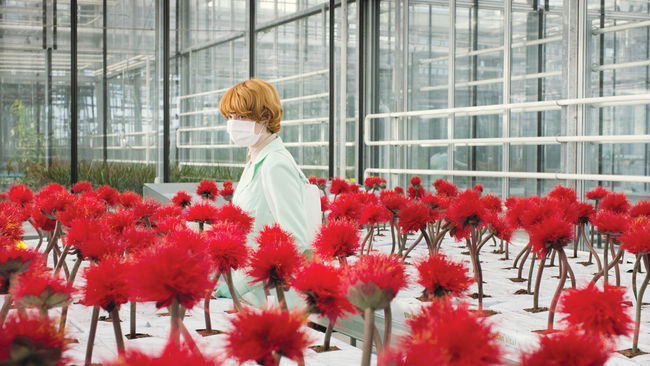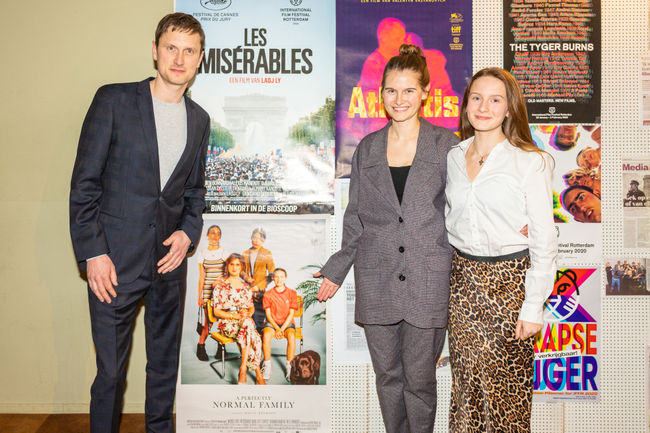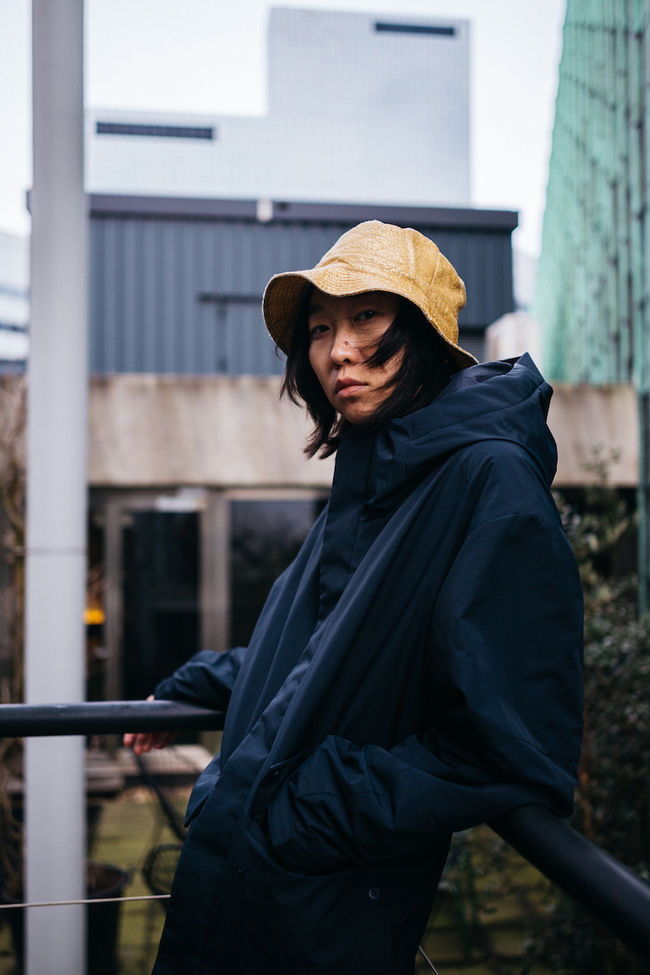Alejandro Telemaco Tarraf on Piedra sola
28 January 2020
Alejandro Telemaco Tarraf on Piedra sola
A film rooted in an understanding of the universe that will be profoundly alien to most IFFR-festivalgoers, the Argentinian selection for the Tiger Competition Piedra sola presents a mesmerizing depiction of both the earthly and spiritual sides of life high up in the Andes.
There’s a mystery at the heart of filmmaker Alejandro Telemaco Tarraf’s solemn exploration of life in the Andean highlands in the northwest of Argentina. A cadaver in protagonist Ricardo’s lama herd betrays the presence of a puma in the hills, but the animal itself remains out of sight. Slowly, Ricardo’s search for the puma transforms into an altogether different quest.
At the moment when this interview takes place, Tarraf, together with his producer and director of photography Alberto Balazs, are in a London studio to finalise the colour grading of Piedra sola. “Luckily we still enjoy watching the images over and over again,” Balazs remarks. “We are still finding new interpretations.”
In your short film El valle interior you also followed a man living in a remote part of the country. What attracts you to these places?
Tarraf: “I feel that travelling this distance allows me to get closer to something pure and mythical. It’s like peeling off layers in order to arrive at the essence, both of myself and of the story that I’m telling. Like my short film, Piedra sola tells a universal story about life and death.”
How did that story emerge?
Tarraf: “The film is inspired by the poetry of Atahualpa Yupanqui, whose first collection of poems Piedra sola was written in this region. The lama herders that he writes about are still there. Though they no longer live the life that Yupanqui described, our main character Ricardo has experienced this nomadic, fully self-sufficient lifestyle as a youth with his grandparents. I found Ricardo and his family during my research and he was very interested in doing this film as a means to preserve his knowledge – much of what we see is his daily life – because he is very aware how fragile all of this is.”
From his everyday reality, the story gradually develops towards a spiritual journey.
Tarraf: “I believe that alchemy is the essence of this film: it deals with transformation. For example, the horse from the opening scene returns later as the wooden horse in the procession. Also the puma changes into something else, and this finally leads the way to a spiritual ascension.”
Balazs: “Because the puma never shows itself, it comes to represent many things. In the Andean cosmovisión, the way the people understand the universe, there is the condor above and the serpent below, and the puma that shares the same plane as humans.”
Words are spoken sparsely in your film. Is that a stylistic choice or a reflection of their reality?
Tarraf: “Silence is part of their culture; it’s the way they are. But it’s also how I am myself – I don’t talk a lot; I prefer to express myself through images and sound. Words pin you down to a narrative, while images can be more open.”
How did their lives in general influence the film’s style and story?
Tarraf: “The film is like a fabric woven from my story and theirs. The practices we see are full of poetry and lyricism to us, but to them it’s all very much rooted in their reality. They have a very strong connection to the earth; pachamama is a pillar of their way of living.”
Balazs: “That word is often simply translated as ‘mother Earth’ but pachamama encompasses the whole of time and universe.”
Tarraf: “And their concept of time is very poetic too. Past, present and future are not so separated. That affected our idea of linearity of the story.”
How did you prepare shooting under these circumstances?
Balazs: “We had to prepare ourselves for the altitude, the lack of resources, and the isolation. Sometimes it was like being on Mars. There’s nothing there, not even trees. The only thing you hear is the wind.”
Why did you decide to shoot in the wide Cinemascope format?
Tarraf: “Because it allows you to see the character and the space simultaneously. There’s no need to cut between different shots, and that connects to the visual language that I’m interested in. It’s simple and more ascetic. The format and the texture of these images are connected to how we see the people that we filmed.”
And sound is a very important part of the film too.
Tarraf: “Yes, I would say the relation between image and sound is not just 50/50 but 100/100. The sound doesn’t accompany or enhance the image, it tells an entire story on its own. It allows you to create images of everything you don’t see in the frame.”
Written by Sasja Koetsier



